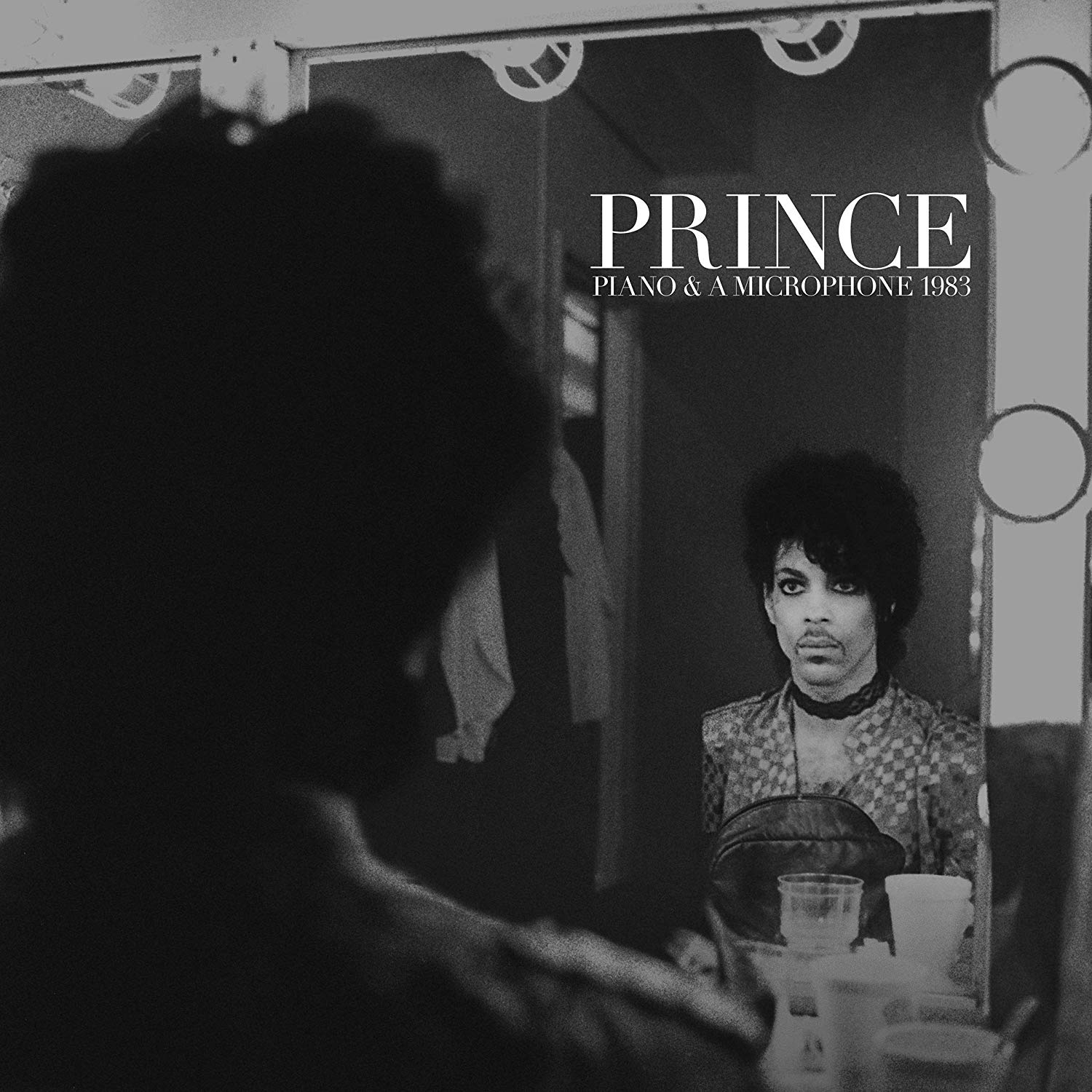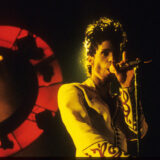One of the most singular offerings among the trove of video rarities that made the rounds following Prince’s passing in 2016 is a short documentary clip from 1990. Prince is seated at a grand piano on a stadium stage in Osaka, effortlessly guiding his band through an instrumental jam on George Gershwin’s Porgy and Bess standard “Summertime.” The clip is striking for many reasons, most crucially as a document of his staggering skill as a keyboardist. Now, the first of many potential posthumous Prince albums, Piano & A Microphone 1983, provides a half-hour-plus extension of the “Summertime” clip’s appeal. Featuring Prince on vocals, with his fingers exploring the full range of a less-fancy piano, it has the same extemporaneous, showboaty quality of the Gershwin soundcheck video. The context or, rather, explicit purpose of this recording is more unclear. The tape, uncovered after his death among a 8,000-strong personal stash in Paisley Park, was recorded in his home studio in Chanhassen, Minnesota.
The question remains: What exactly was Prince hoping to achieve by recording this athletic bit of noodling? Was he getting in some practice on his secondary instrument? Weighing possibilities for future studio recordings? Lisa Coleman of the Revolution described Prince’s demo recording habits during the time period to Billboard in a recent interview: “It was not uncommon. There was always a tape rolling, whether it was video or cassette or DAT or even a 24-track.” In another Q&A with Rolling Stone, however, she qualified that “he never played us a tape like this…unless it was a totally recorded, finished song.”
Tracing the trajectory of these performances, it might be most accurate to characterize Piano & A Microphone, recorded in the lost year between the release of 1999 and Purple Rain, as a writing session committed to tape. According to archivist Michael Howe, who came across the vault tape, Prince had written “Cold Coffee and Cocaine” and “Why the Butterflies” on side two of the cassette. It stands to reason that Prince would identify the tape in his archives by naming it after the new half-songs he’d sketched out during the session. These two originals on Piano & A Microphone would never be released in studio versions or, indeed, performed or recorded again in any context. They come at the end of the cassette, as if Prince had been building up the momentum to write something new throughout the rest of the session.
https://open.spotify.com/embed/track/7ijOvUD7OxGLIEq3fvSRGs
Prince warmed up to this point with a series of loose exercises in which he attempts to create the force of a full band with his two hands. From the tape’s opening moments—his take on “When Doves Cry” B-side “17 Days”—his foot on the pedal is a relentless kick drum. His mouth makes drum and bass fills at idle moments; occasionally, he takes a solo. Eventually, he breaks out into Chick-Corea-like flourishes for a modulatory break—unmitigated showboating for its own sake, in the Prince fashion. When he simmers for a while, he mumbles through snippets of “Purple Rain” and Joni Mitchell’s “A Case of You,” forming them into a continuous song. The medley illustrates the extent to which Prince’s melancholic, modal-jazz-inflected approach to piano accompaniment has a lot to do with the self-taught style of Mitchell, one of his biggest professed influences (see also: “Sometimes It Snows in April”).
Fragments like these sound like they’d fit better on a box set of studio session tapes. But a couple—the spiritual “Mary, Don’t You Weep,” most explicitly—nearly work as standalone songs. Prince’s delivery is as theatrical and farcical as it is emotionally invested, taking on different characters with each new vocal phrase. The piano part is a mess of constantly varying syncopations that, if Prince had been stopping to write things down, might have become ideas for new horn sections or synth licks. This is the whole feeling of listening to Piano & A Microphone 1983: Prince working through potential songforms in real time, sometimes making word-like sounds when he can’t find the language fast enough.
The bluesy affect is present, too, on the first of the new “songs,” “Cold Coffee and Cocaine.” Prince plays James Brown from hell, cat-calling like a lecherous menace out of a Ralph Bakshi cartoon. “What rhymes with ‘house’?” Prince wonders out loud at one point, between grunts and shrieked “WHAT?”s. “Kinda cheesy,” he rasps, maybe not incorrectly. The second new idea, “Why the Butterflies,” is both more diffuse and more listenable. Prince sounds lost in thought, only half-aware of what his hands and mouth are doing. The central chord of the song has a desolate quality; it’s a harmony that could resolve in any direction but pushes toward none of them. Amid the central, wailed “Mama” and “why the butterflies” lines, repeated ad infinitum, he interpolates a lyric he’s already sung that day: “What’s this strange, strange….” without the “relationship.” The jam dies down, as if he’d decided he’d milked the mood for all it was worth.
Apart from its near-voyeuristic intimacy, Piano & A Microphone is most interesting when one imagines what this session meant to Prince at the time. Did he listen back to this tape, and learn from it? As notoriously precise a bandleader and arranger as Prince was, casual recordings like these illustrate that songs were surprisingly pliable things for him. In these recordings, we hear all the humor, baroqueness, and wild abandon Prince indulged in during live performance. Here, the spare rhythm sections that provided the platform for the finished versions of some of these songs, as well as extra bells and whistles his two hands couldn’t emulate on their own, remain in his head. In the best moments of Piano & A Microphone, it begins to feel like we can hear a bit of what he was hearing.





